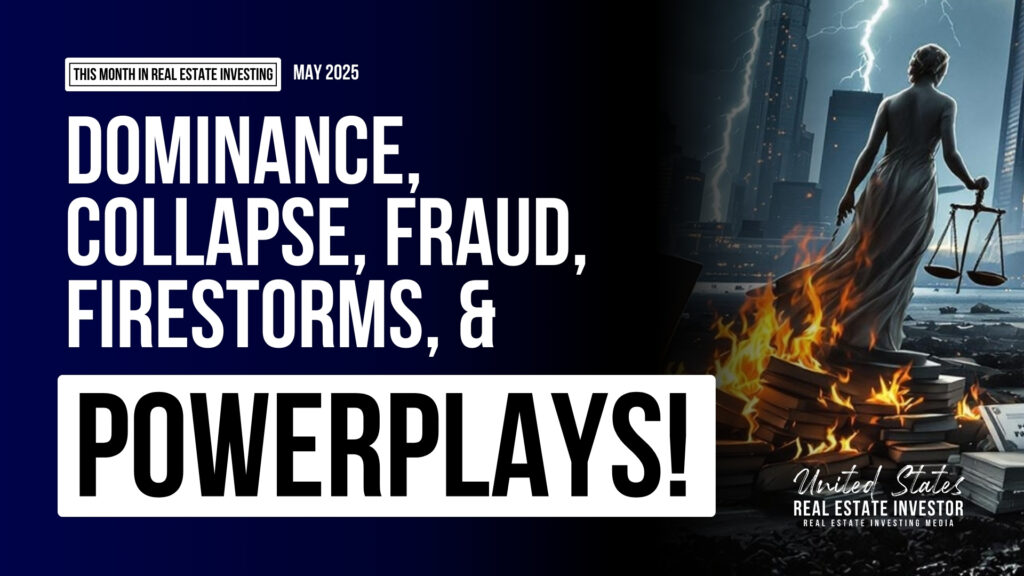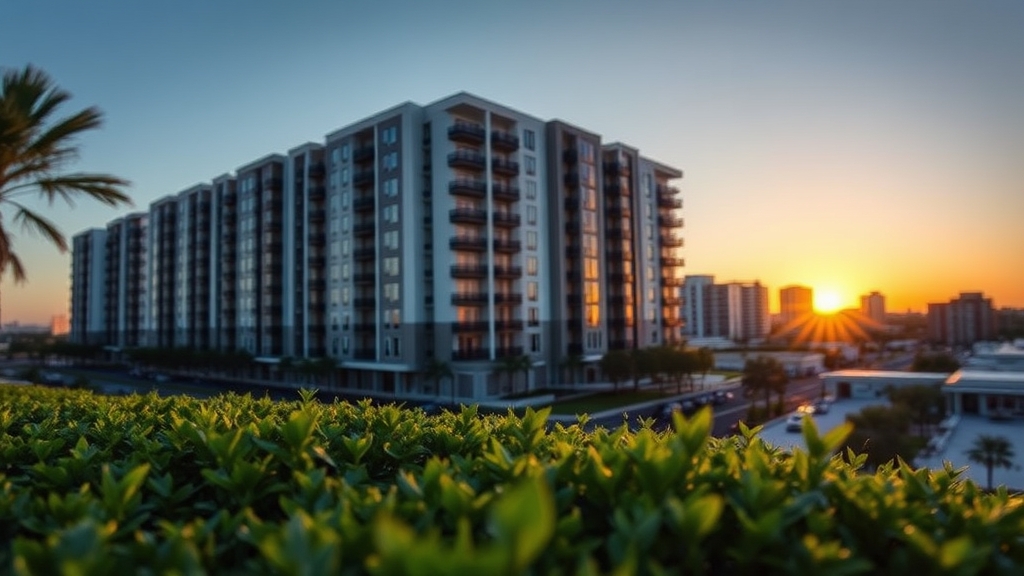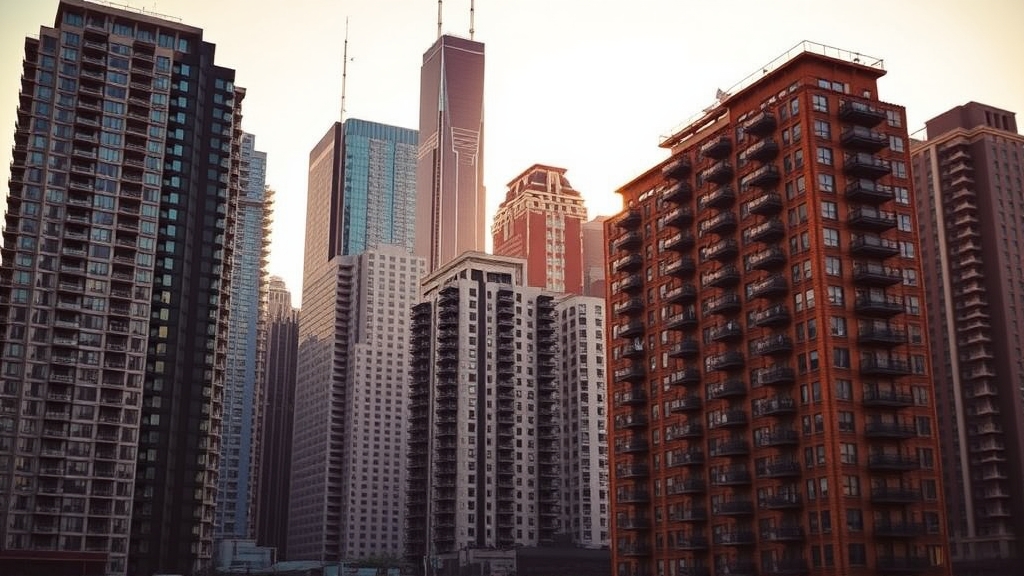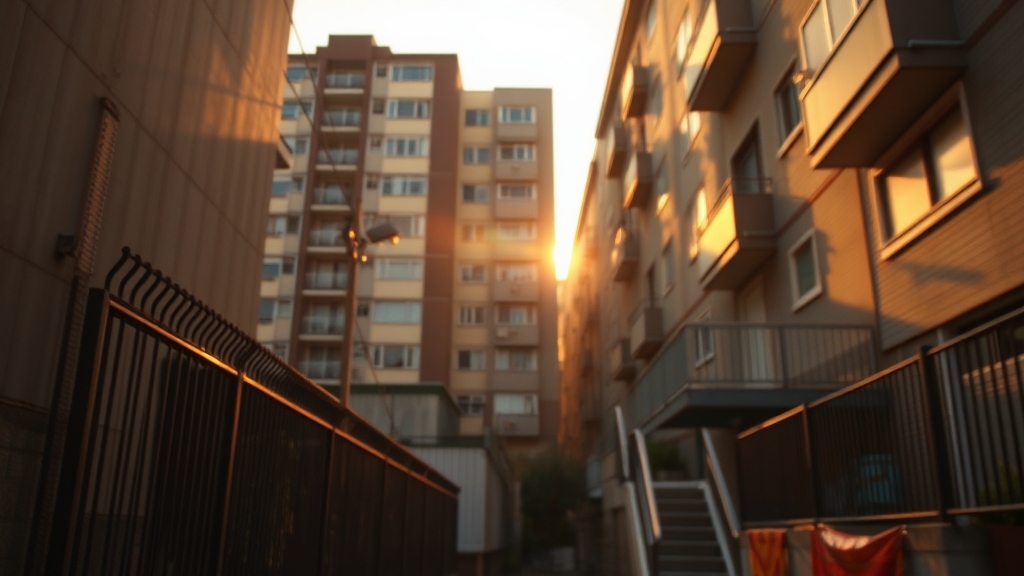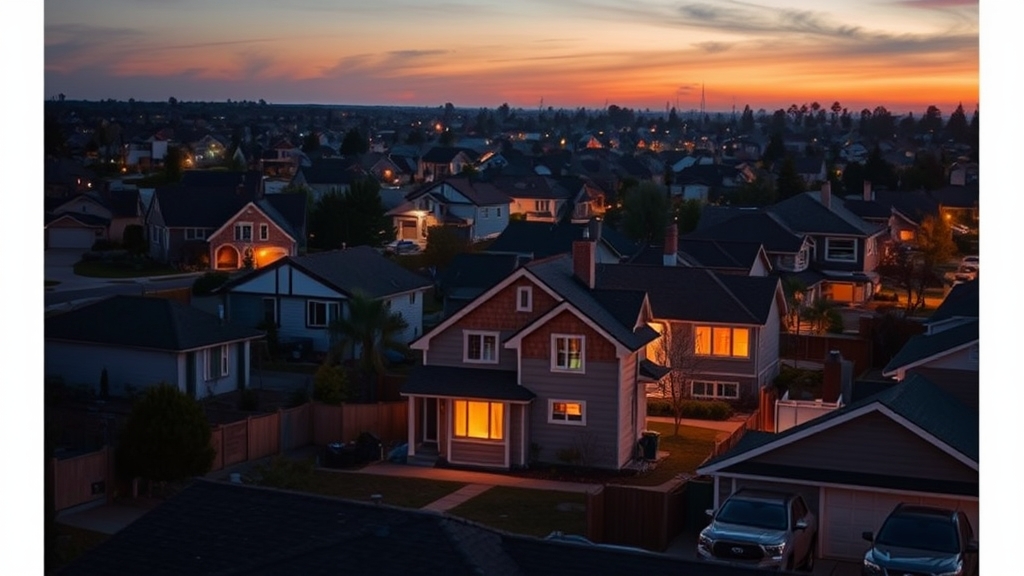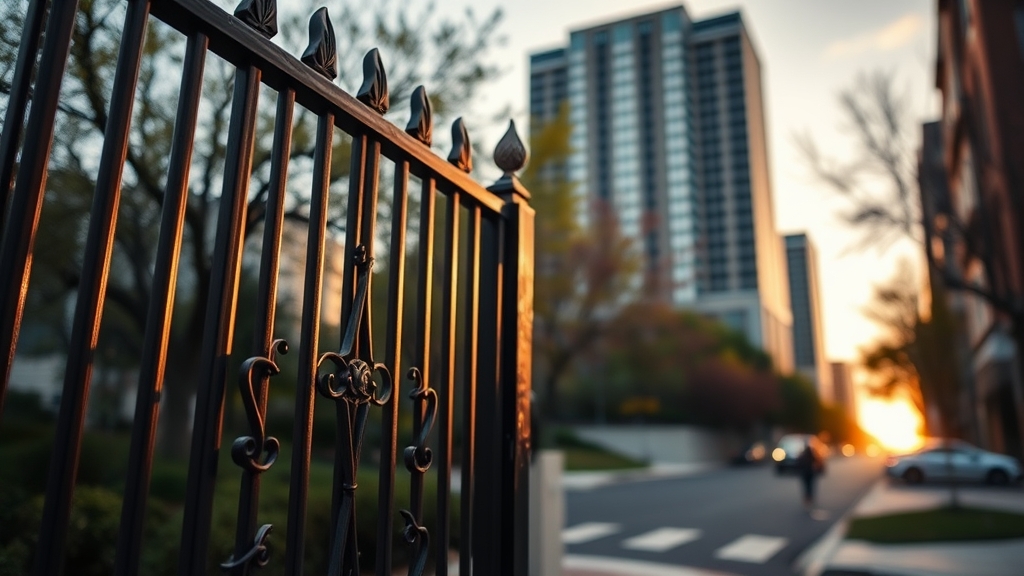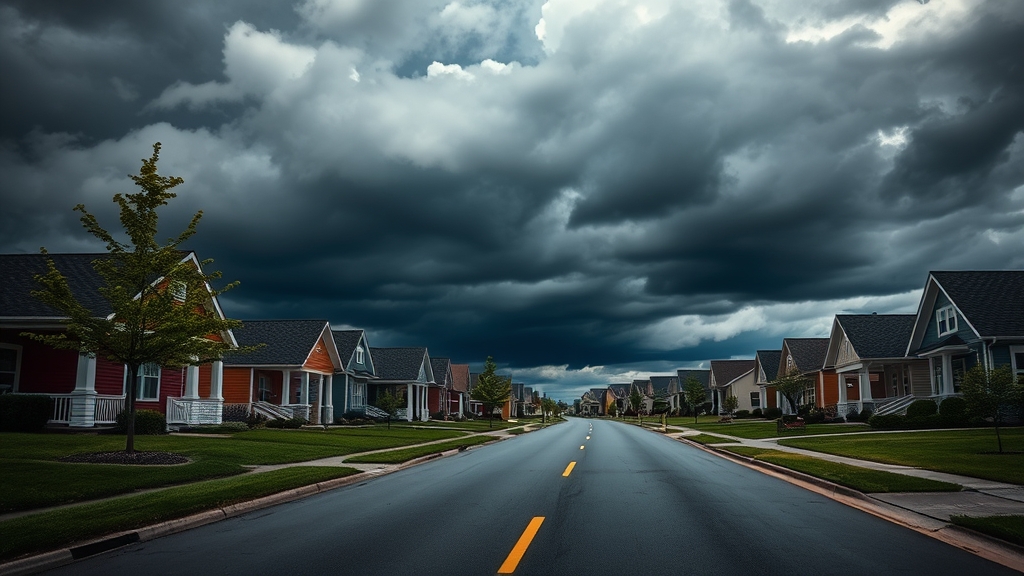Key Takeaways
- San Francisco home prices have plummeted to 2015 levels due to substantial layoffs in the tech industry.
- Despite fast home sales, there is a 7.8% drop in sales volume as demand is hindered by high mortgage rates and a tight housing supply.
- Investors remain cautious amidst economic instability and limited new construction.
Real Estate Challenges Under Tech Industry Strain
San Francisco home prices crash to 2015 levels amid massive tech layoffs. The iconic Golden Gate Bridge looms over a real estate market in chaos. Economic instability is striking fear into investors’ hearts.
Tech job losses force price corrections, shattering confidence. Homes sell fast, yet demand struggles against a 7.8% sales volume drop. Mortgage rates near 6.87% add to woes. Limited new construction deepens a fierce supply-demand clash.
Uneasy investors watch closely as more unfolds.
Market Fluctuations and Buyer Confidence
Despite a recent uptick in prices, San Francisco’s real estate market faces significant volatility as historic homes and ultra-modern high-rises alike observe shifting value dynamics. The housing market, already known for its high stakes, is now further stressed by unprecedented factors. Typical home values in San Francisco have risen about 2.0% to reach approximately $1,310,207 early in 2025. This places the median home price around $1.29 million, marking a modest increase that follows prior declines seen in recent years. While some areas experience revitalization, overall buyer confidence remains fragile. Especially, market stabilization in some premium neighborhoods reveals newfound buyer certainty, yet the broader market shies away from such resilience. Recent conditions reflect a wider housing apocalypse, where land and home prices across many regions outstrip wage growth.
However, with the tech industry’s recent sweeping layoffs, there is a compelling narrative unfolding. These job losses have fueled price adjustments, pulling valuations back to 2015 levels. Combined with a 6.87% mortgage rate set for a 30-year fixed loan, the financial backbone of potential buyers is severely pressured. Despite reduced affordability, demand persists, supported prominently by higher-income professionals and international buyers targeting premium properties. This competition becomes fiercer in neighborhoods like Pacific Heights, where luxury estates frequently exchange hands in a flash, often favored by cash offers. Active listings have increased by 5.4% year-over-year, slightly easing price pressures amid the challenging market conditions.
Sales dynamics present another complex aspect of this scenario. Although homes tend to sell rapidly—spending 15 to 32 days on the market—the overall volume of sales exhibits a 7.8% month-over-month drop. Such trends paint a picture of circumspect buyer activity amidst ongoing economic concerns. The Redfin data illuminating a 3.6% year-over-year price hike as of April 2025 underscores localized confidence bolstered by premium refurbishments and desirability. Nonetheless, the expansion in active listings by 5.4% year-over-year, while offering more buying options, inevitably feeds into this cautious optimism tempered by existing pressures.
Yet, the inventory does not keep pace with demand, bolstering price levels and maintaining seller confidence in a city where homes have long been unrivaled treasures. Despite slight new inventory injections, the housing supply remains constricted. These supply-demand dynamics contribute to a fiercely competitive market, especially for prime property locations and newly renovated spaces. Limited new construction activity further agitates this imbalance, magnifying existing issues. The plight of the San Francisco housing market appears stubbornly woven into its fabric, from Twin Peaks to The Haight, where cobblestones and tech dreams intertwine amidst palpable uncertainty.
Ultimately, San Francisco’s real estate faces an ongoing balancing act. Buyer confidence wavers, yet it fluctuates within restabilizing trends, demanding investors’ keen attention amid the looming shadows of past economic reliability. The city stands at the crossroads of turbulence and transformation, witnessing a fragile dance of commerce under the Golden Gate Bridge, defying history’s whispers with each finalized deed.
Assessment
It looks like San Francisco’s housing market is dipping back to 2015 levels.
The shadow of tech layoffs looms large over the city, making investors feel jittery, much like the fog that blankets the Golden Gate Bridge.
The real estate waters are choppy, with home values sinking alongside tech sector woes.
Potential buyers are taking a step back, pondering and waiting for clearer skies.
It’s a scene that feels as winding and uncertain as Lombard Street.
So, while the market urges patience and careful observation, don’t just sit on the sidelines.
Stay informed and consider your next move carefully.




